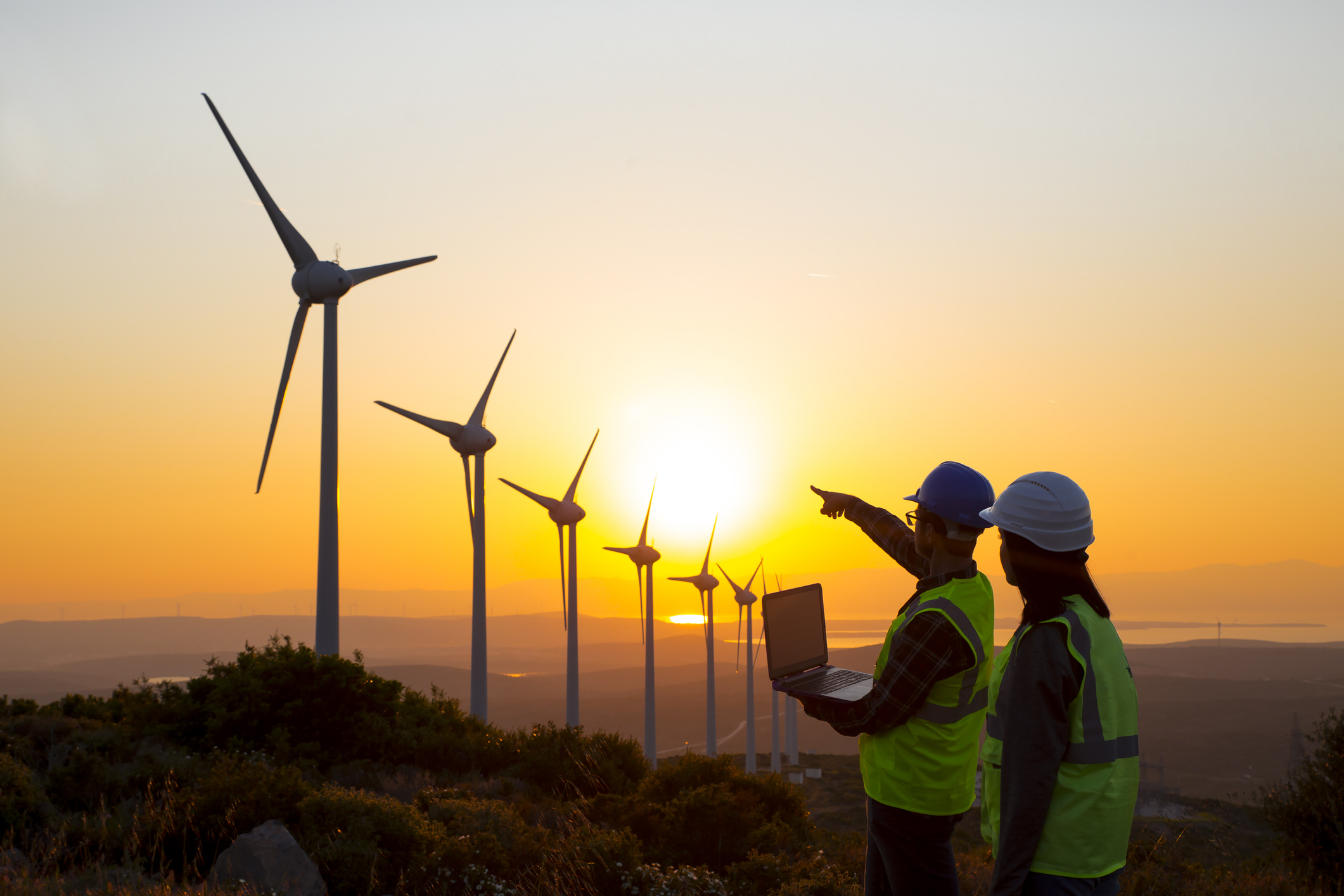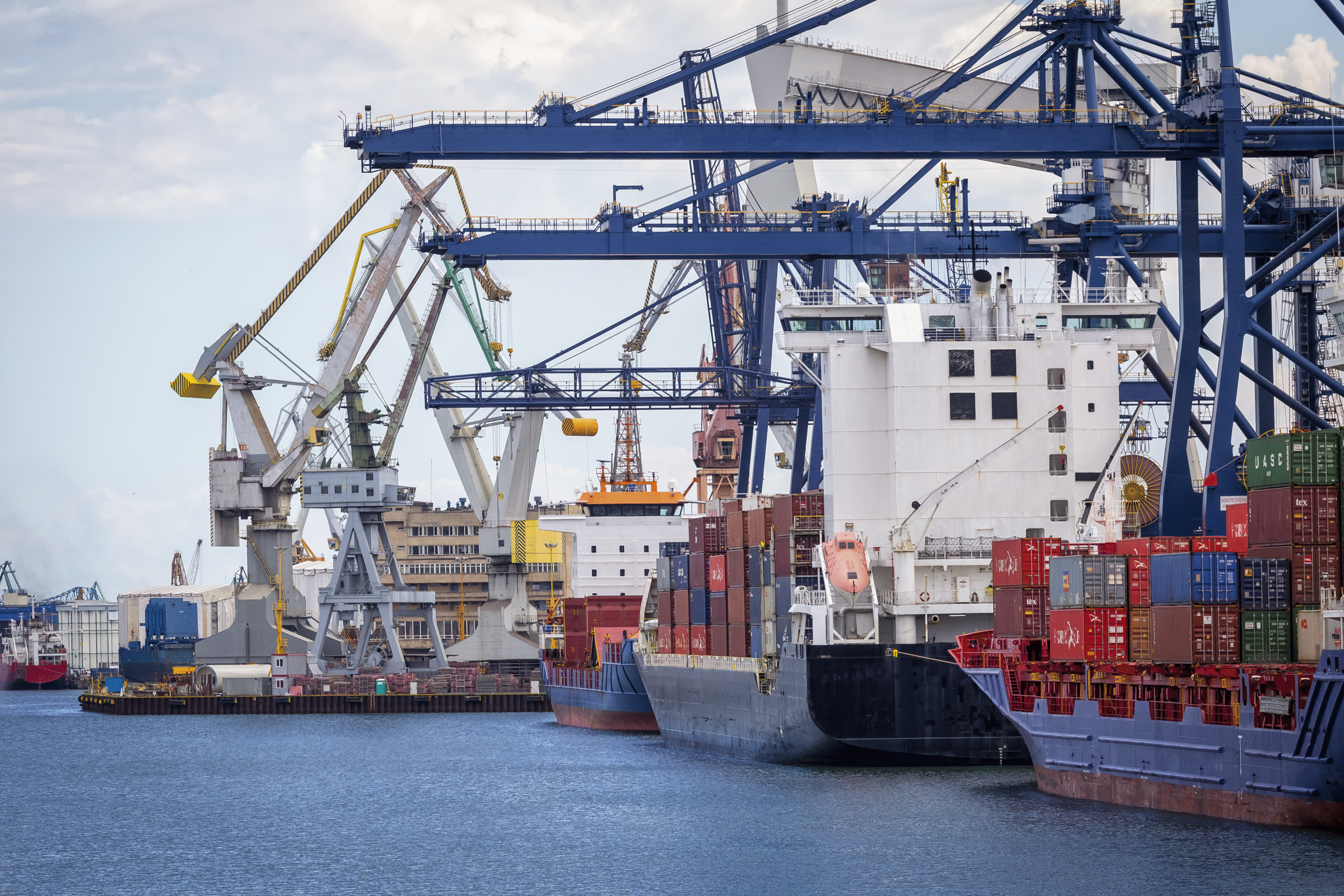Regardless of the category and type of investment financed and the extent of the environmental and social assessment of the project carried out, many international finance institutions (including the European Bank for Reconstruction and Development (EBRD), the International Finance Corporation (IFC), the European Investment Bank (EIB)) include in their guidelines a requirement to prepare an Environmental and Social Management Plan (ESMP).
At the beginning of October, we celebrate the European Bird Day. This occasion draws attention to the extraordinary role that birds play in our lives and reminds us that our responsibility towards them is just as important as their presence in the natural world.
Between 26th and 28th of September 2025, the eighth edition of the International Conference “Bats of the Sudetes” was held at the Książ Castle in Wałbrzych, attended by representatives of Ambiens. The event brought together scientists, representatives of state and private institutions, and chiropterology enthusiasts from Poland, Czech Republic, Germany, and other European countries.
Last week, our team participated in the 8th Conference on Wind Energy and Wildlife Impacts (CWW2025) in Montpellier, France – the world’s largest event dedicated to the coexistence of wind energy and wildlife. Representatives from over 60 countries gathered there to share their knowledge, experiences, and innovative solutions concerning the impact of wind farms on biodiversity.
Ambiens delivers Tier 1 supplier audit of a large-scale photovoltaic project. It is the next step in the supply chain risk assessment, actions established as part of the Environmental and Social Management System. Ambiens’ E&S compliance advisory originally started with environmental & social due diligence, in line with the involved lenders’ standards and sponsor policies, based on ESG requirements for stock exchange listed companies.
Stakeholder Engagement Plan (SEP) is another document, alongside the Biodiversity Management Plan (an article on this document can be found on our Blog https://ambiens.pl/blog/biodiversity-management-plan-one-of-the-key-documents-within-the-esms/) that is a part of the Environmental and Social Management System (ESMS), required for projects financed by international financial institutions (including the European Bank for Reconstruction and Development (EBRD), the International Finance Corporation (IFC), and the European Investment Bank (EIB)).
The implementation of renewable energy investments, such as wind farms, is subject to an environmental impact assessment procedure. An important element of the procedure is the performance of comprehensive environmental studies, including the monitoring of birds of prey. One species that deserves special attention is the red kite (Milvus milvus).
The construction of wind power plants serves the strategic goals of the country and the region, which include increasing the share of RES in the electric power industry. At the same time, there are so many stipulations/requirements that the project has to meet or depends on, starting with the wind conditions of the area and connectivity, through the distance from the development and, in a way, related to meeting acoustic standards, to minimizing the impact on the flora, fauna and biodiversity of the area.
Iberdrola’s teamwork with Ambiens is a brilliant example of the potential that lies in combining global traditions and incredible industry history with local specialization and knowledge of the domestic market.
We are looking forward to new joint direct tasks, although they are not the first, as our paths have already successfully crossed several times before – says Paulina Potyra-Kaczerowska, Ambiens COO.
The second phase of Polish offshore wind is entering an exciting stage. It is not only the start of permitting and strategic decisions of early development but also the partnering processes that are essential in this scale investments. Theoretically, there are 10 offshore greenfields in the transaction pool with a total capacity of about 9GW.












